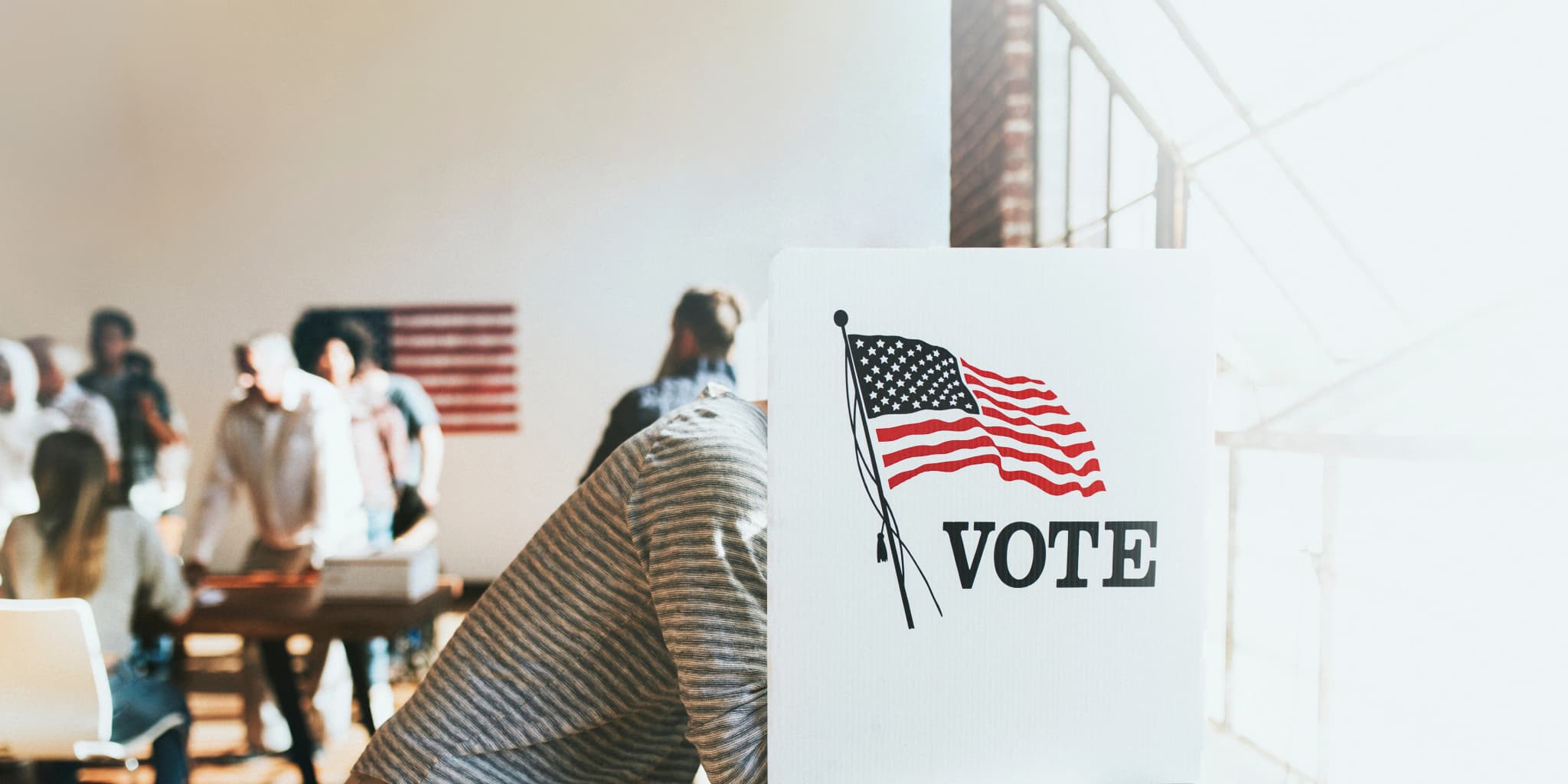Independent Voters are Defying Pollsters, Party Establishment in 2016 Primaries

If anything can be said about the current presidential primary season, it's been dramatic -- from Trump swaying the GOP electorate with blustering rhetoric to the tight contest between Sanders and Clinton on the Democratic side. And a recent survey shows that all the excitement has driven voters to the polls in numbers rarely seen in a primary race.
The Pew Research Center confirms that both Democrats and Republicans are seeing higher than usual turnout during this primary season. The Democrats' turnout of 11.7% of eligible voters has been the second-highest of any race since 1992 (the highest being the unusual case of Obama's contentious primary against Clinton in 2008), while the Republicans' turnout is a record-breaking 17.3% of eligible voters, the highest of any year since at least 1980 and perhaps earlier.
Though the numbers from this year are larger when compared to recent history, it's important not to draw too many conclusions about what it all means. Since far fewer people vote in primaries than in the general, turnout percentages can be heavily influenced by the daily news cycle or any number of other factors; voters rarely head to the polls if their party's candidate is the incumbent, for obvious reasons, or if they believe that one candidate has already essentially clinched the nomination.
In addition, primary turnouts are hardly ever a reliable indicator of which party goes on to win the general election in November.
Still, it's highly likely that the current political climate has at least something to do with this year's staggering turnout. More than ever, voters are feeling disillusioned with the two-party system and are casting their votes for unconventional “outsiders” like Sanders and Trump. With independent voters growing faster than any other voting demographic in the United States, these candidates are certainly drawing much of their support from voters who choose not to affiliate with either major party.
We see the impact of independent voters on the primary process all across the electoral map. Michigan, for instance, uses an open primary system in which voters do not have to be members of a party to vote in that party's primary. In that state, Bernie Sanders, trailing in the polls by 20 points, upset Hillary Clinton on election day, thanks in large part to winning 71% of the independents who voted on the Democratic side.
Donald Trump, meanwhile, won a crucial early contest in New Hampshire, where a full 44% of the voters in the Republican primary identified as independents.
Independent voters are not allowed to participate in all of the early presidential contests, but in the states where they are, they are showing up at the polls to express their disillusionment and frustration with the current system. As a result, no one has been able to predict the outcome of these races -- not pollsters, media pundits, nor party leaders.
Photo Credit: Glenn Russell / Free Press



